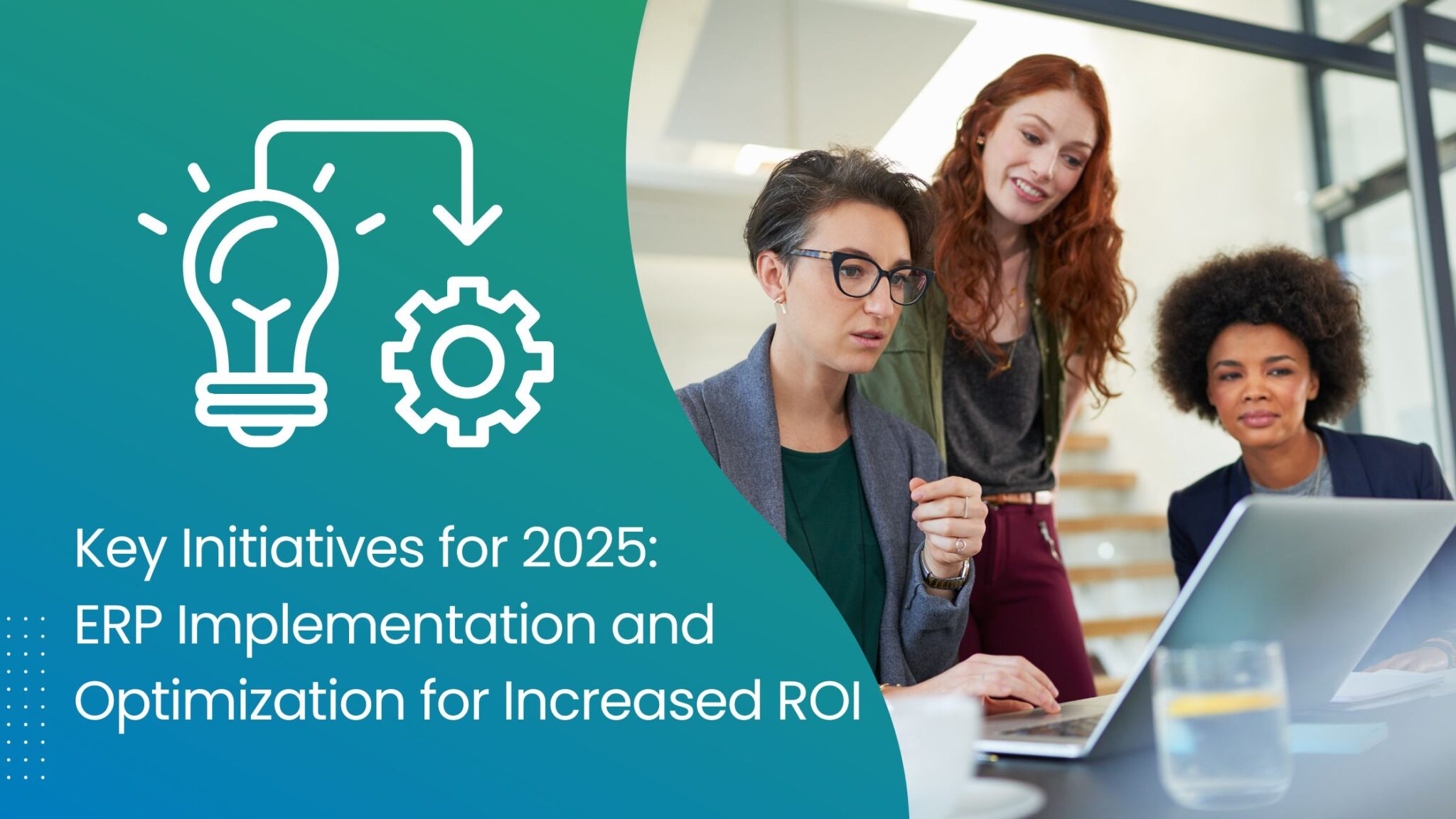Implementing and optimizing an Enterprise Resource Planning (ERP) system is one of the most impactful strategies businesses can undertake in 2025. A successful ERP Implementation not only streamlines operations but also drives measurable increases in efficiency, decision-making, and profitability. To help you maximize the return on investment (ROI) from your ERP initiatives, here’s a comprehensive checklist to guide your efforts.
1. Build a Clear ERP Implementation Strategy
Why It Matters: Companies that develop a thorough ERP strategy are more likely to complete projects on time and within budget.
- Define Objectives and KPIs: Identify specific goals—e.g., improved inventory turnover, faster financial close, or reduced operational costs.
- Involve All Stakeholders Early: Collaborate with department heads (e.g., finance, sales, operations) to define needs and expectations.
- Assign a Dedicated Project Manager: Ensure smooth communication and on-time delivery through a skilled project manager.
- Select the Right ERP Vendor: Choose systems that align with your business needs—NetSuite and Acumatica are top options, known for flexibility and scalability.
- Select the Right ERP Partner: The software itself is only half the battle, the best software isn’t worth much without the right partner to assist with configuration, testing, training, launching and supporting it successfully.
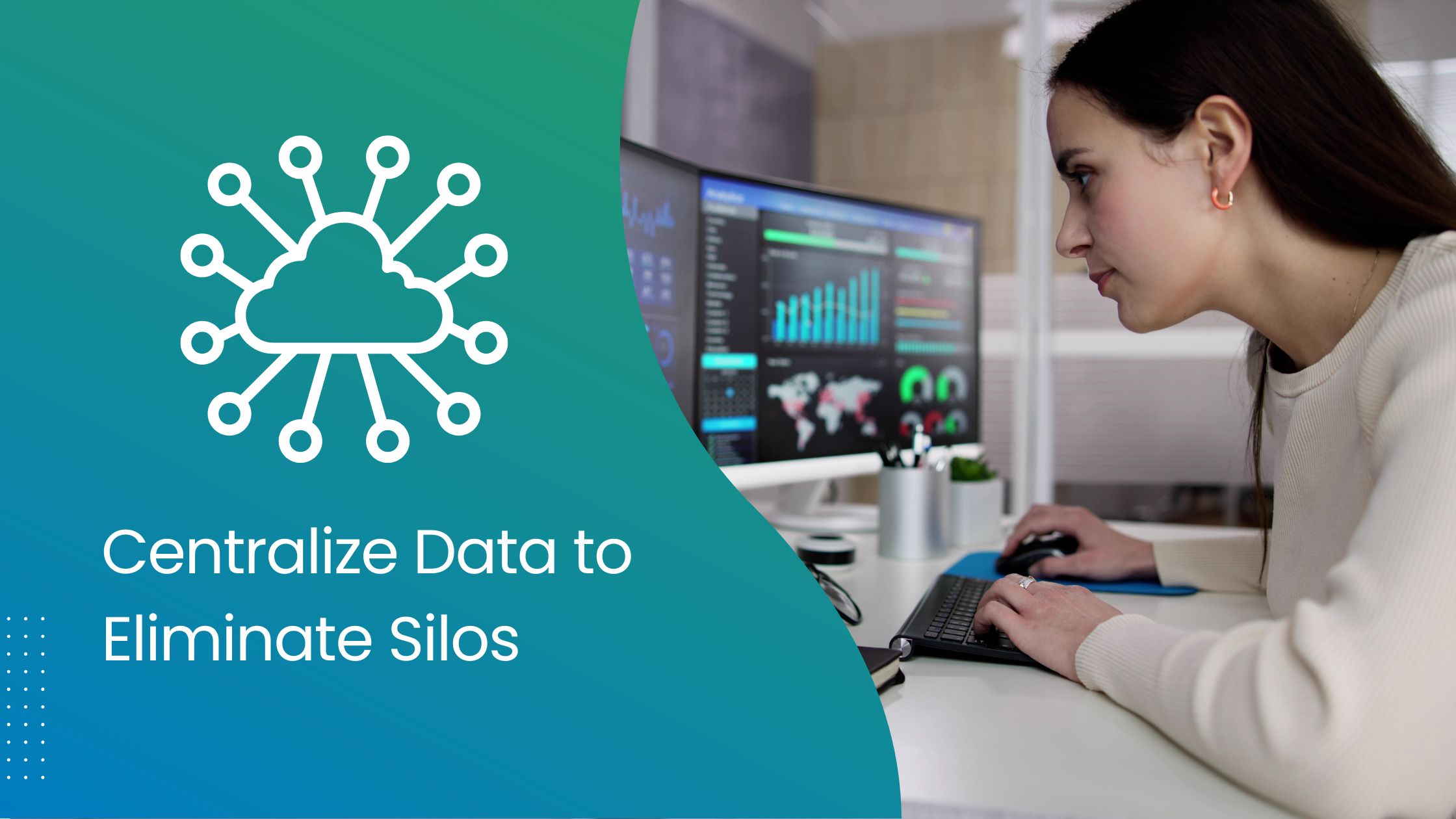
2. Centralize Data to Eliminate Silos
Why It Matters: Automating processes through ERP systems can reduce manual workloads and free employees to focus on high-value tasks.
- Migrate Data into a Unified Platform: Transfer data from legacy systems and disparate platforms into a single ERP system during your ERP Implementation.
- Perform Data Cleanup: Eliminate duplicate, outdated, or incorrect data to ensure data integrity.
- Integrate All Business Functions: Connect your ERP with key systems, including e-commerce, CRM, finance, and HR.
3. Optimize Processes for Automation
Why It Matters: Businesses using ERP systems gain real-time visibility into operations, helping avoid inefficiencies caused by fragmented data.
- Automate Routine Tasks: Use ERP features to automate invoicing, reporting, payroll, and inventory management.
- Implement AI and Predictive Analytics: Predict demand and optimize stock levels with AI-powered ERP modules to prevent stockouts and overstocking.
- Create Workflows for Approval Processes: Use built-in workflows to streamline purchase approvals and order management.
Talk to an ERP Specialist
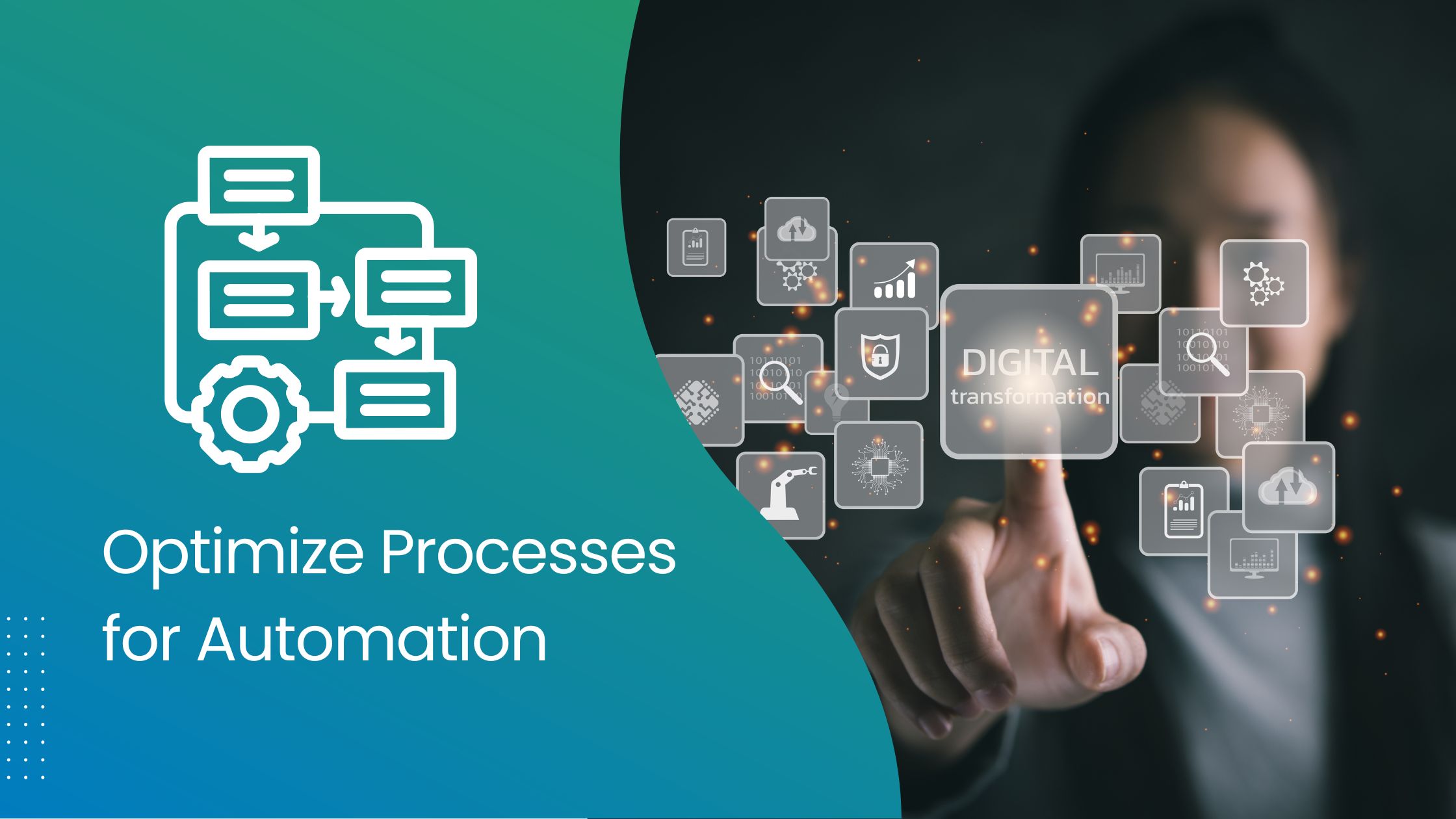
4. Optimize Processes for Automation
Why It Matters: Businesses using ERP systems gain real-time visibility into operations, helping avoid inefficiencies caused by fragmented data.
- Automate Routine Tasks: Use ERP features to automate invoicing, reporting, payroll, and inventory management.
- Implement AI and Predictive Analytics: Predict demand and optimize stock levels with AI-powered ERP modules to prevent stockouts and overstocking.
- Create Workflows for Approval Processes: Use built-in workflows to streamline purchase approvals and order management.
5. Leverage Real-Time Reporting and Analytics
Why It Matters: Real-time data empowers faster, better-informed decisions that directly impact profitability.
- Set Up Custom Dashboards: Provide key metrics to decision-makers through role-based dashboards.
- Track Performance Against KPIs: Use the ERP system’s analytics to monitor financial performance, customer satisfaction, and operational efficiency.
- Use Predictive Insights: Leverage predictive analytics to forecast market trends and customer demand.
Download Your ERP Checklist
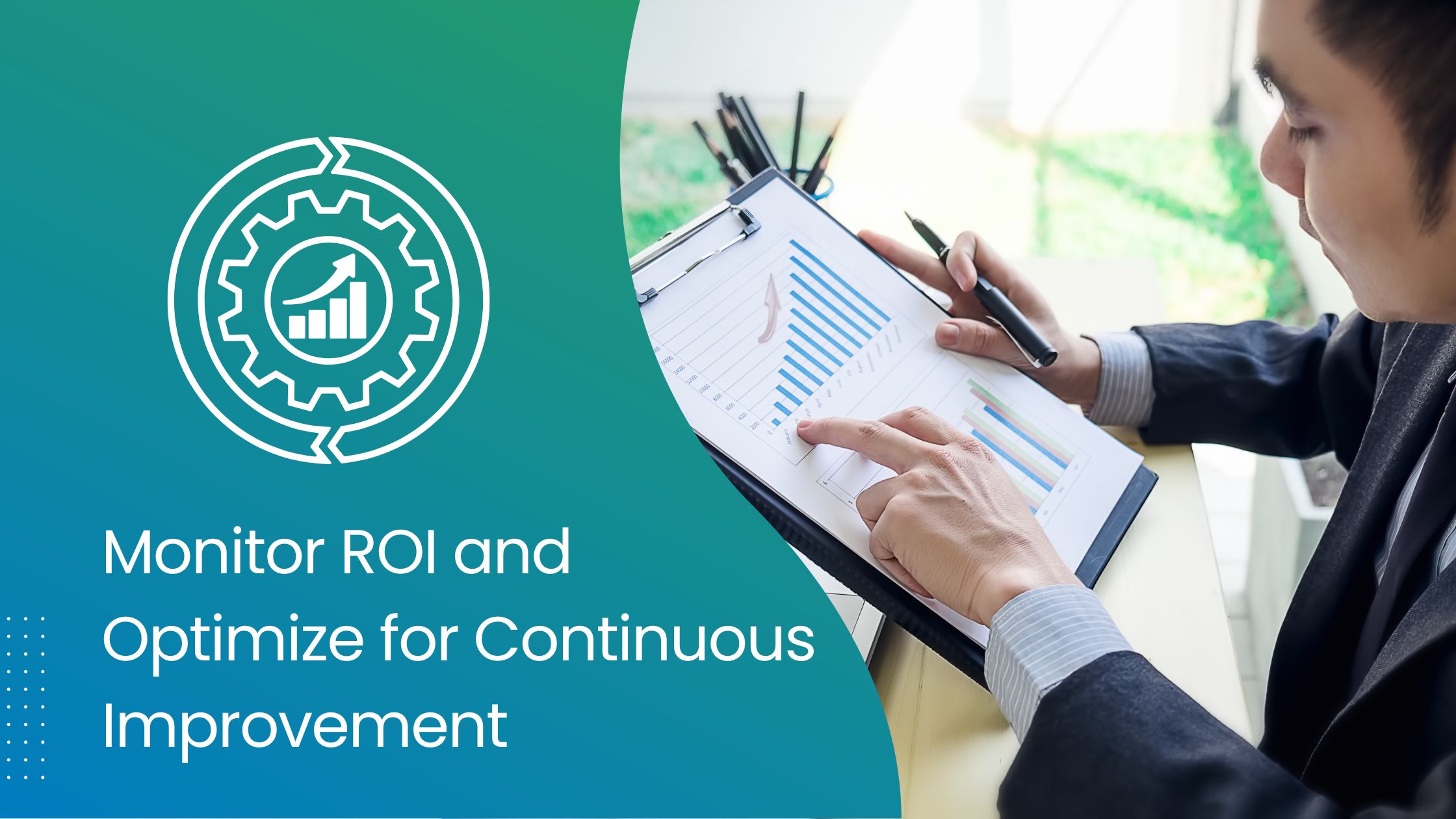
6. Monitor ROI and Optimize for Continuous Improvement
Why It Matters: Businesses with a continuous optimization strategy extract more value from their ERP investment over time.
- Track ROI Metrics Regularly: Monitor KPIs like cost reductions, productivity improvements, and revenue growth.
- Analyze ERP Usage: Identify underutilized features and provide targeted training or process adjustments.
- Schedule Regular System Audits: Conduct periodic reviews to ensure the ERP system aligns with evolving business needs.
7. Embrace Cloud ERP for Scalability and Flexibility
Why It Matters: Cloud ERP systems are easier to scale, maintain, and upgrade compared to on-premise systems. They seamlessly adapt to your business’s needs, whether you’re expanding organically or through acquisitions, ensuring smooth integration of new teams and processes without disruption.
- Migrate to Cloud ERP: Take advantage of NetSuite and Acumatica’s cloud platforms, which offer lower maintenance costs and faster deployments.
- Support Remote Access: Ensure employees can access the ERP from anywhere, enabling remote work and improving productivity.
- Right-Sized to Your Needs: Cloud ERP systems can be quickly adjusted to match your company’s evolving size and requirements, making them an ideal solution for dynamic businesses.
Get Expert Help Today
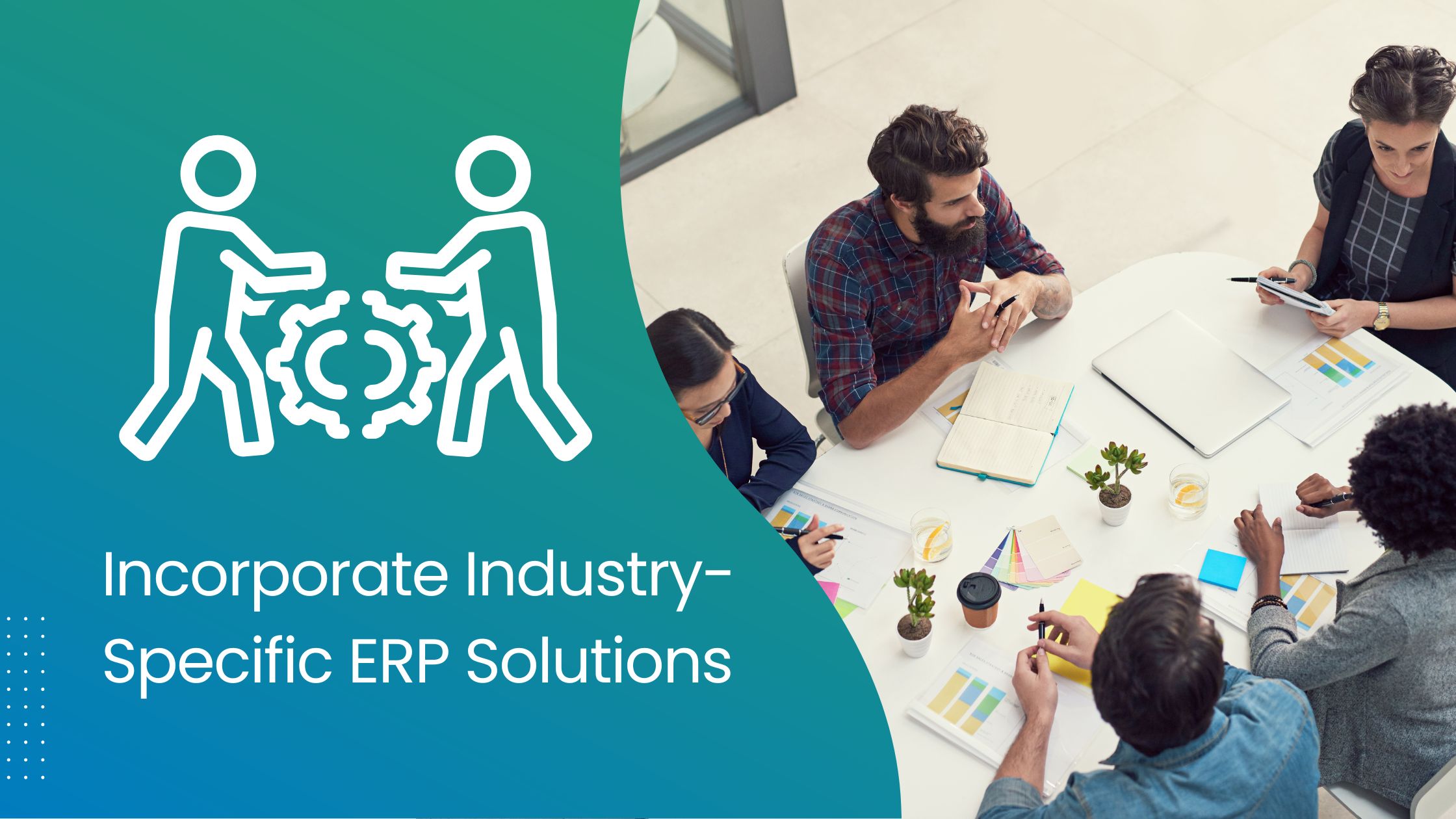
8. Incorporate Industry-Specific ERP Solutions
Why It Matters: Tailored ERP solutions address unique industry challenges, such as regulatory compliance, complex workflows, inventory traceability, or revenue recognition.
- Tailored Features for Your Industry: Opt for ERP systems with modules built to handle the specific needs of industries like manufacturing, retail, technology, or professional services.
- Scalability for Unique Business Models: Ensure your ERP can adapt to the complexity of your business, whether it involves handling intricate supply chains or dynamic service offerings.
- Regulatory Compliance Made Easy: Choose systems with built-in tools to navigate industry-specific regulations effortlessly.
Conclusion: Focus on Long-Term Success with Continuous Optimization
A successful ERP Implementation in 2025 is not just a project—it’s a long-term strategy for operational excellence and business growth. Businesses that invest in centralized data, automation, employee training, and cloud solutions will see significant returns on their ERP investment. With platforms like NetSuite and Acumatica, your business will have the tools it needs to adapt to market changes, enhance decision-making, and boost profitability.
Frequently Asked Questions (FAQs)
ERP implementation is the process of deploying an ERP system to streamline business operations, integrating key functions like finance, inventory, HR, and CRM.
The timeline varies depending on the business size and complexity, but most ERP projects take 6 to 12 months.
Key steps include strategy development, selecting the right ERP system, data migration, process optimization, training, and go-live support.
Costs depend on factors like software, customization, data migration, and training, typically ranging from tens of thousands to millions of dollars.
Common risks include scope creep, insufficient training, data migration errors, and resistance to change.
Success depends on clear objectives, stakeholder involvement, a skilled project manager, proper training, and selecting the right vendor and partner.
An ERP partner assists with system configuration, testing, training, and ongoing support to ensure a smooth and efficient implementation.
Cloud ERP is hosted online, offering scalability and remote access, while on-premise ERP is installed locally, requiring in-house maintenance.
ERP systems benefit industries like manufacturing, retail, healthcare, professional services, and technology by addressing specific operational challenges.
After implementation, businesses focus on optimization, employee training, system maintenance, and tracking ROI to maximize benefits.

